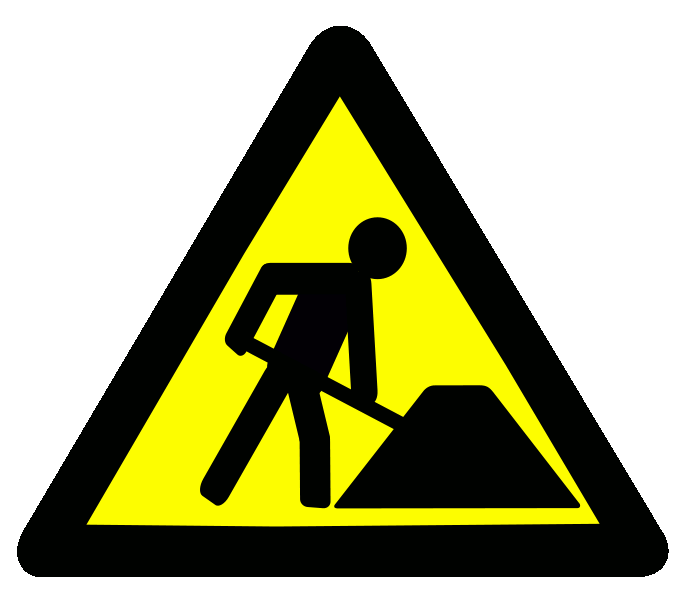Difference between revisions of "HowTo:Create Application-Specific Help"
imported>Aeric |
imported>Aeric |
||
| Line 37: | Line 37: | ||
</syntaxhighlight> | </syntaxhighlight> | ||
=== | ===Open a JSP Page in a Separate Window=== | ||
To do do that, add these functions to the form's OnLoad script: | To do do that, add these functions to the form's OnLoad script: | ||
Revision as of 22:32, 13 August 2015
About Application-Specific Help
The information here in the support wiki is intended primarily for application builders, admins, and installers. But end-users need information that is specific to the application they are using--and that is where application-specific help comes in.
In this article, we assume that you know how to add a button to a form, and that you know how to create an interface tab that displays a single HTML page of information. (The important point is to make sure that your help pages have no headers, so that links work.) With those basics in hand, you can go on to create context-sensitive help pages for your application.
Learn more:
Working with Application-Specific Help
Here, we assume that you want to display different pages, depending on the user's current location--so you'll be wiring help buttons that appear on different forms so they display different pages in the help tab. (You may even use JavaScript to go to different help pages, under different conditions.)
Tip: JavaScript functions are most easily tested by adding them to the OnLoad script in a Form. But hey are most easily reused by uploading them in a static resource file.
Going to the Help Tab
To go to the Help tab and display the page it is configured to display, use this code to get the tab ID and "click" on it:
- <syntaxhighlight lang="javascript" enclose="div">
function findByAttributeValue(attribute, value) {
var All = document.getElementsByTagName('*');
for (var i = 0; i < All.length; i++) {
if (All[i].getAttribute(attribute) == value) { return All[i]; }
}
}
function goToHelpTab() {
var helpTabLink = findByAttributeValue("display_title","HELP");
helpTabLink.click();
} </syntaxhighlight>
To use this code, configure the button to invoke the goToHelpTab method:
- <syntaxhighlight lang="javascript" enclose="div">
var button = '<input type="button" value=" Help " onclick="goToHelpTab()">'; </syntaxhighlight>
Open a JSP Page in a Separate Window
To do do that, add these functions to the form's OnLoad script:
- <syntaxhighlight lang="javascript" enclose="div">
function findByAttributeValue(attribute, value) {
var All = document.getElementsByTagName('*');
for (var i = 0; i < All.length; i++) {
if (All[i].getAttribute(attribute) == value) { return All[i]; }
}
}
function go(loc) {
var helpTabLinks = findByAttributeValue("display_title","HELP");
// The iFrame that displays the content is created after the link is clicked. // The value we need to find it is stored in the link's "id" attribute. // Look for the iFrame until it is created. (Give up after 1,000 tries.) var iFrameID = "iFrameWebTab_" + helpTabLinks[1].id;
alert("Looking for: "+iFrameID);
var iFrame = document.getElementByID(iFrameID); iFrame.src = loc;
} </syntaxhighlight>
Then add the following code to the Help button:
- <syntaxhighlight lang="javascript" enclose="div">
onclick="go(\+targetURL+'\')" // For example: networking/pages/MoreInfo.jsp </syntaxhighlight> where the target URL has the form, "networking/pages/PAGE_NAME.jsp", for a page hosted in the platform.
